The traditional B2B sales demo process is broken.
When you're learning how to drive a car, you don't sit in the passenger seat while the instructor lectures you about driving mechanics. You take the wheel directly—albeit in a safe and controlled environment—and the instructor guides you about how to use different parts of the car.
Yet 99% of B2B sales demos never let potential customers drive. Instead, sales demo leaders share their screen, click through buttons, and jump from page to page with canned demo scripts. Most of the time, 30 minutes later, potential customers leave their Zoom meetings unable to reproduce or even explain how the product they just demoed works.
Three years ago, we started running traditional B2B demos at Clay, but quickly developed a better way: the reverse demo.
The problem with most B2B sales demos

When we first launched Clay on Product Hunt in February 2022, hundreds of people were interested in our offering. We demo’d our product to them like all the other big software startups were doing: by running 30-minute presentations like college professors on Zoom.
Unfortunately, few retained—most likely because no one was actually learning during the demo. Potential customers were usually impressed when they saw me use Clay, but as soon as they tried to use it themselves, they got stuck and churned.
Edgar Dale’s Cone of Experience theory suggests that people retain significantly more information when they learn by doing rather than by listening. This was especially true for Clay, a flexible product that relies on customers to program the components of any GTM use case based on their own creativity and goals.

Enter: the reverse demo.
How Clay’s reverse demos worked
Instead of running canned demo meetings, we started emailing potential customers before meetings, asking them to come prepared with a specific data enrichment problem to solve. If they didn’t come with an idea, we’d use the first 5 minutes to come up with a personalized use case for them.
Once they were in the meeting, we’d ask them to share their screen, give them a Clay signup link, and use Zoom annotations to show them exactly where to click to complete their workflow. Our goal on every reverse demo was simple: solve the customer’s stated problem within the 30 minutes—and try to blow their minds in the process.
Initially, we had to walk people through multiple calls before they had their aha moments. With practice, we distilled it into the first 30 minutes, then 20, then 5. That's when we knew we were onto something.

Our goal was to build product habits: by solving any customer’s unique business problem within 30 minutes, we made it more likely for them to consider Clay to solve their future problems.
Here are a few example workflows we built live:
- A software company built a list of all email addresses and phone numbers for owners of local salons in Phoenix.
- A private equity company built lists for an example portfolio company, combining Google Maps and Yelp as sources to find business owner emails for recently opened local businesses
- A content newsletter business enriched headcount, location and revenue information for their email list
- A fintech business identified the companies using specific payment processors
Even the fastest learners on the Reverse Demo would have future questions, so we also made sure everyone joined our shared Slack community before we ended our calls to build the habit of asking questions there. Whenever customers asked us questions in Slack, we created content videos about them that could help others in the future as well.

Reverse demos helped improve conversion, retention, and our core product
The obvious benefit of the reverse demo was better customer conversion and retention. After 100+ reverse demos, we were getting people to “a-ha” moments within just a few minutes and most would convert after that call alone.
But—much more importantly—the reverse demo helped us quickly improve Clay’s product. There’s no tighter feedback loop than getting your ideal customers on Zoom and watching them use the product for the first time. There were dozens of times that I noticed something on a reverse demo, whether bad UX, bad copy, or a bug, and asked Eric Engoron on our engineering team to ship a change the same day. Each reverse demo was a UX masterclass.

This feedback loop was foundational for our growth as we navigated product/market fit and evolved our GTM motion. (You can learn more details on that in this webinar with Reforge.)

The concept of the reverse demo has now carried over to our GTM engineering team which is led by Everett Berry. Instead of talking to small self-serve customers, we’re often talking to GTM leads at Anthropic, OpenAI, Intercom and hundreds of other huge companies—but we still aim to build immediately useful workflows together live on calls.

How to decide if this could work for your startup
The reverse demo worked well for Clay under a specific set of circumstances. We had a somewhat complex self-serve product with high demand, and we could afford to set a waitlist. Being selective about who we did reverse demos with kept our feedback relatively constrained to those in our ICP.
If you can answer yes to the following questions, consider the reverse demo:
- Does our product have a genuine learning curve?
- Is it likely that at least some users are churning because of that learning curve?
- Can we show real value in less than 30 minutes?
- Can we guide someone to that value instead of doing it for them?
- Do we have a waitlist and/or are we able to be selective about who we run these demos for?
- Are there people on our team with the capacity and skillset to run these calls?
.avif)
In classic startup fashion, we never planned to do reverse demos. Our failed attempts at trying traditional sales demos simply forced us to try something new—and helped us navigate our path to product-market fit.
If you found this essay helpful, consider subscribing to our newsletter where we share behind-the-scenes GTM tactics that we're exploring at Clay.
The traditional B2B sales demo process is broken.
When you're learning how to drive a car, you don't sit in the passenger seat while the instructor lectures you about driving mechanics. You take the wheel directly—albeit in a safe and controlled environment—and the instructor guides you about how to use different parts of the car.
Yet 99% of B2B sales demos never let potential customers drive. Instead, sales demo leaders share their screen, click through buttons, and jump from page to page with canned demo scripts. Most of the time, 30 minutes later, potential customers leave their Zoom meetings unable to reproduce or even explain how the product they just demoed works.
Three years ago, we started running traditional B2B demos at Clay, but quickly developed a better way: the reverse demo.
The problem with most B2B sales demos

When we first launched Clay on Product Hunt in February 2022, hundreds of people were interested in our offering. We demo’d our product to them like all the other big software startups were doing: by running 30-minute presentations like college professors on Zoom.
Unfortunately, few retained—most likely because no one was actually learning during the demo. Potential customers were usually impressed when they saw me use Clay, but as soon as they tried to use it themselves, they got stuck and churned.
Edgar Dale’s Cone of Experience theory suggests that people retain significantly more information when they learn by doing rather than by listening. This was especially true for Clay, a flexible product that relies on customers to program the components of any GTM use case based on their own creativity and goals.

Enter: the reverse demo.
How Clay’s reverse demos worked
Instead of running canned demo meetings, we started emailing potential customers before meetings, asking them to come prepared with a specific data enrichment problem to solve. If they didn’t come with an idea, we’d use the first 5 minutes to come up with a personalized use case for them.
Once they were in the meeting, we’d ask them to share their screen, give them a Clay signup link, and use Zoom annotations to show them exactly where to click to complete their workflow. Our goal on every reverse demo was simple: solve the customer’s stated problem within the 30 minutes—and try to blow their minds in the process.
Initially, we had to walk people through multiple calls before they had their aha moments. With practice, we distilled it into the first 30 minutes, then 20, then 5. That's when we knew we were onto something.

Our goal was to build product habits: by solving any customer’s unique business problem within 30 minutes, we made it more likely for them to consider Clay to solve their future problems.
Here are a few example workflows we built live:
- A software company built a list of all email addresses and phone numbers for owners of local salons in Phoenix.
- A private equity company built lists for an example portfolio company, combining Google Maps and Yelp as sources to find business owner emails for recently opened local businesses
- A content newsletter business enriched headcount, location and revenue information for their email list
- A fintech business identified the companies using specific payment processors
Even the fastest learners on the Reverse Demo would have future questions, so we also made sure everyone joined our shared Slack community before we ended our calls to build the habit of asking questions there. Whenever customers asked us questions in Slack, we created content videos about them that could help others in the future as well.

Reverse demos helped improve conversion, retention, and our core product
The obvious benefit of the reverse demo was better customer conversion and retention. After 100+ reverse demos, we were getting people to “a-ha” moments within just a few minutes and most would convert after that call alone.
But—much more importantly—the reverse demo helped us quickly improve Clay’s product. There’s no tighter feedback loop than getting your ideal customers on Zoom and watching them use the product for the first time. There were dozens of times that I noticed something on a reverse demo, whether bad UX, bad copy, or a bug, and asked Eric Engoron on our engineering team to ship a change the same day. Each reverse demo was a UX masterclass.

This feedback loop was foundational for our growth as we navigated product/market fit and evolved our GTM motion. (You can learn more details on that in this webinar with Reforge.)

The concept of the reverse demo has now carried over to our GTM engineering team which is led by Everett Berry. Instead of talking to small self-serve customers, we’re often talking to GTM leads at Anthropic, OpenAI, Intercom and hundreds of other huge companies—but we still aim to build immediately useful workflows together live on calls.

How to decide if this could work for your startup
The reverse demo worked well for Clay under a specific set of circumstances. We had a somewhat complex self-serve product with high demand, and we could afford to set a waitlist. Being selective about who we did reverse demos with kept our feedback relatively constrained to those in our ICP.
If you can answer yes to the following questions, consider the reverse demo:
- Does our product have a genuine learning curve?
- Is it likely that at least some users are churning because of that learning curve?
- Can we show real value in less than 30 minutes?
- Can we guide someone to that value instead of doing it for them?
- Do we have a waitlist and/or are we able to be selective about who we run these demos for?
- Are there people on our team with the capacity and skillset to run these calls?
.avif)
In classic startup fashion, we never planned to do reverse demos. Our failed attempts at trying traditional sales demos simply forced us to try something new—and helped us navigate our path to product-market fit.
If you found this essay helpful, consider subscribing to our newsletter where we share behind-the-scenes GTM tactics that we're exploring at Clay.




















.jpg)
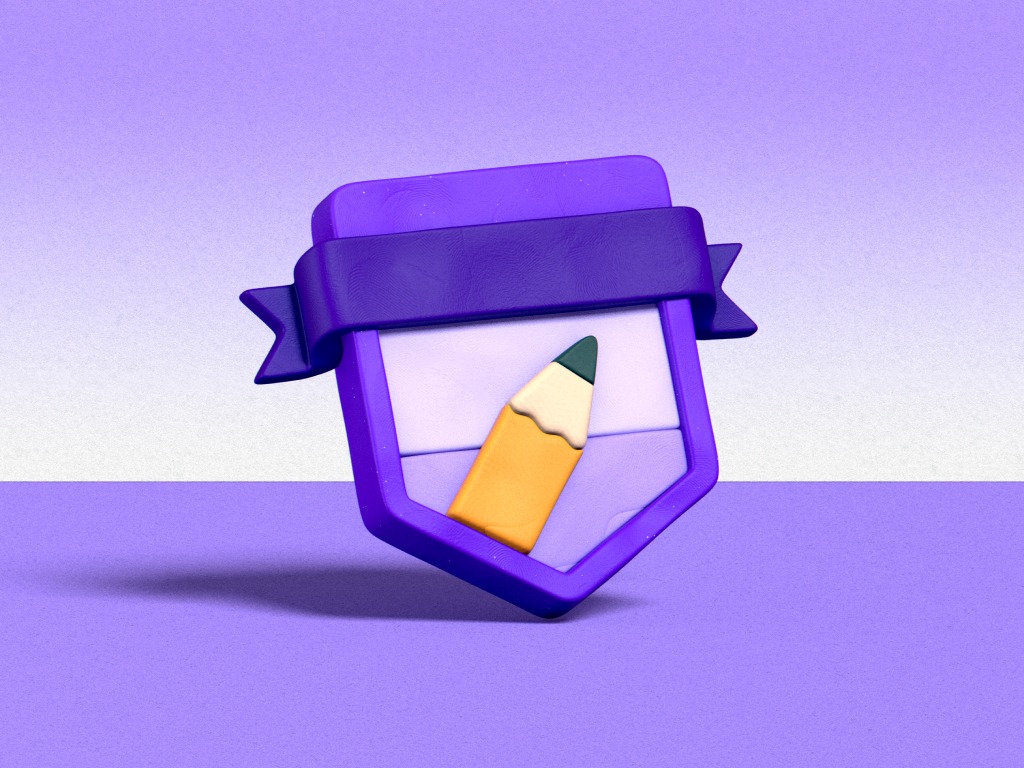

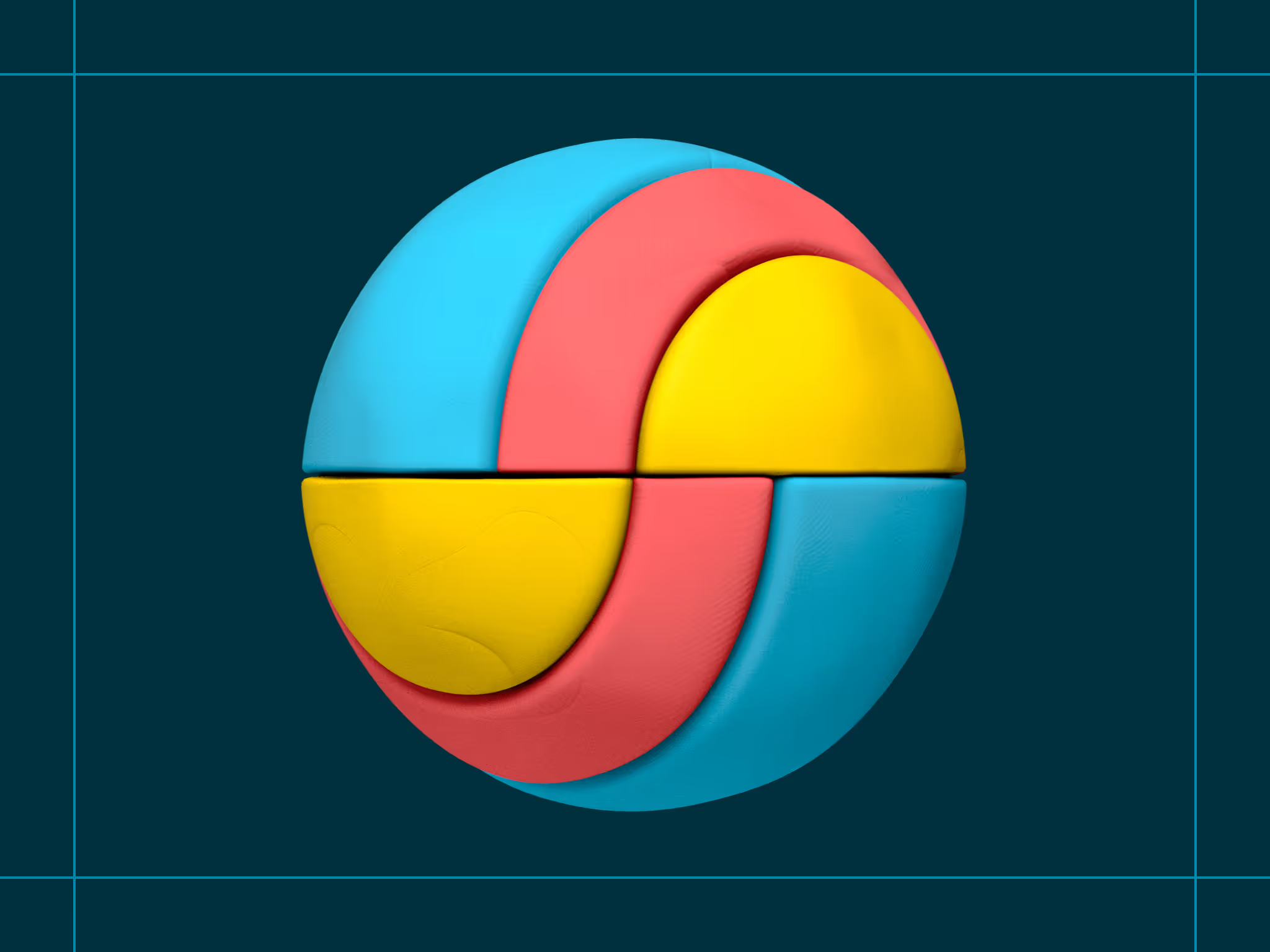
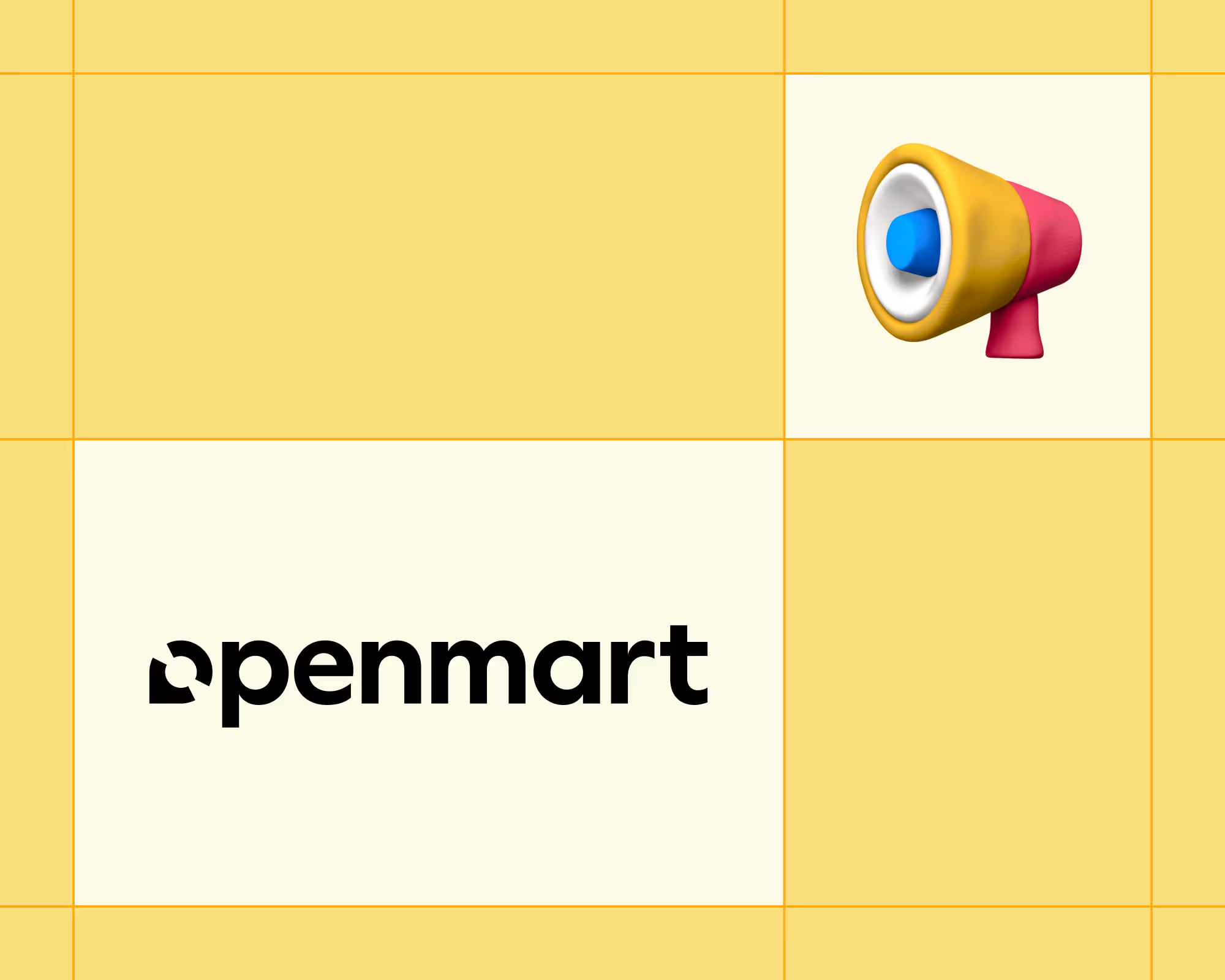
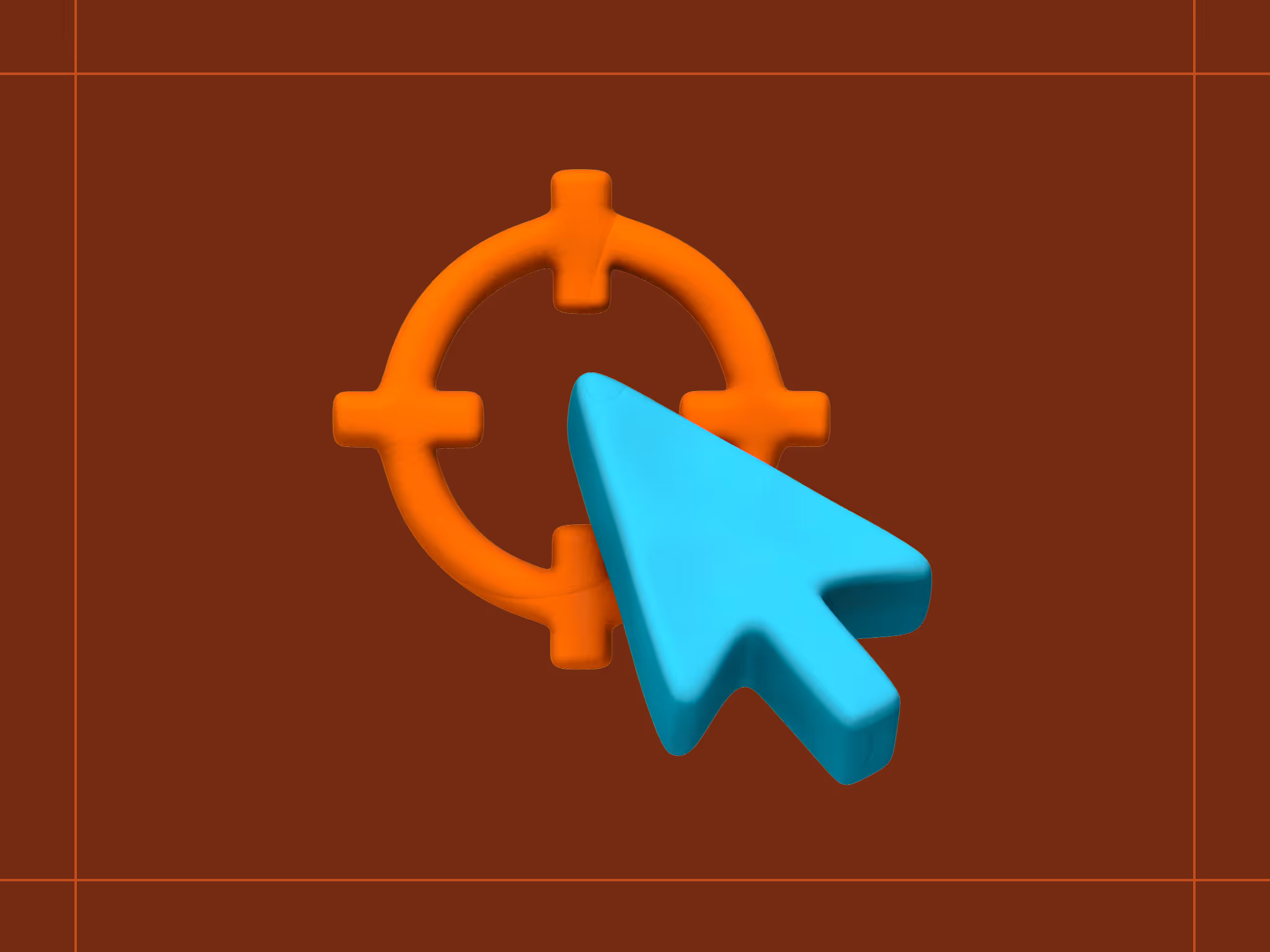
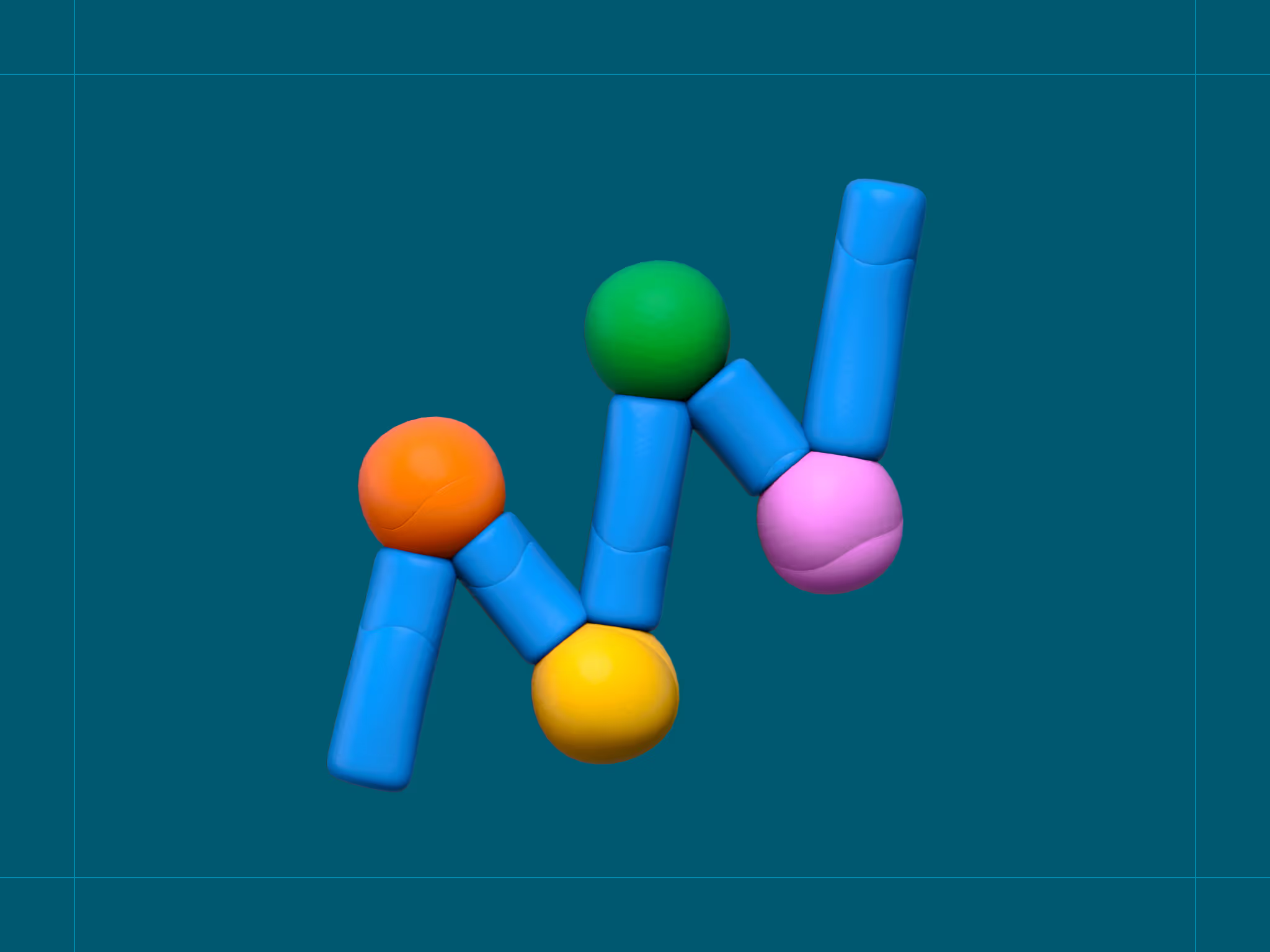
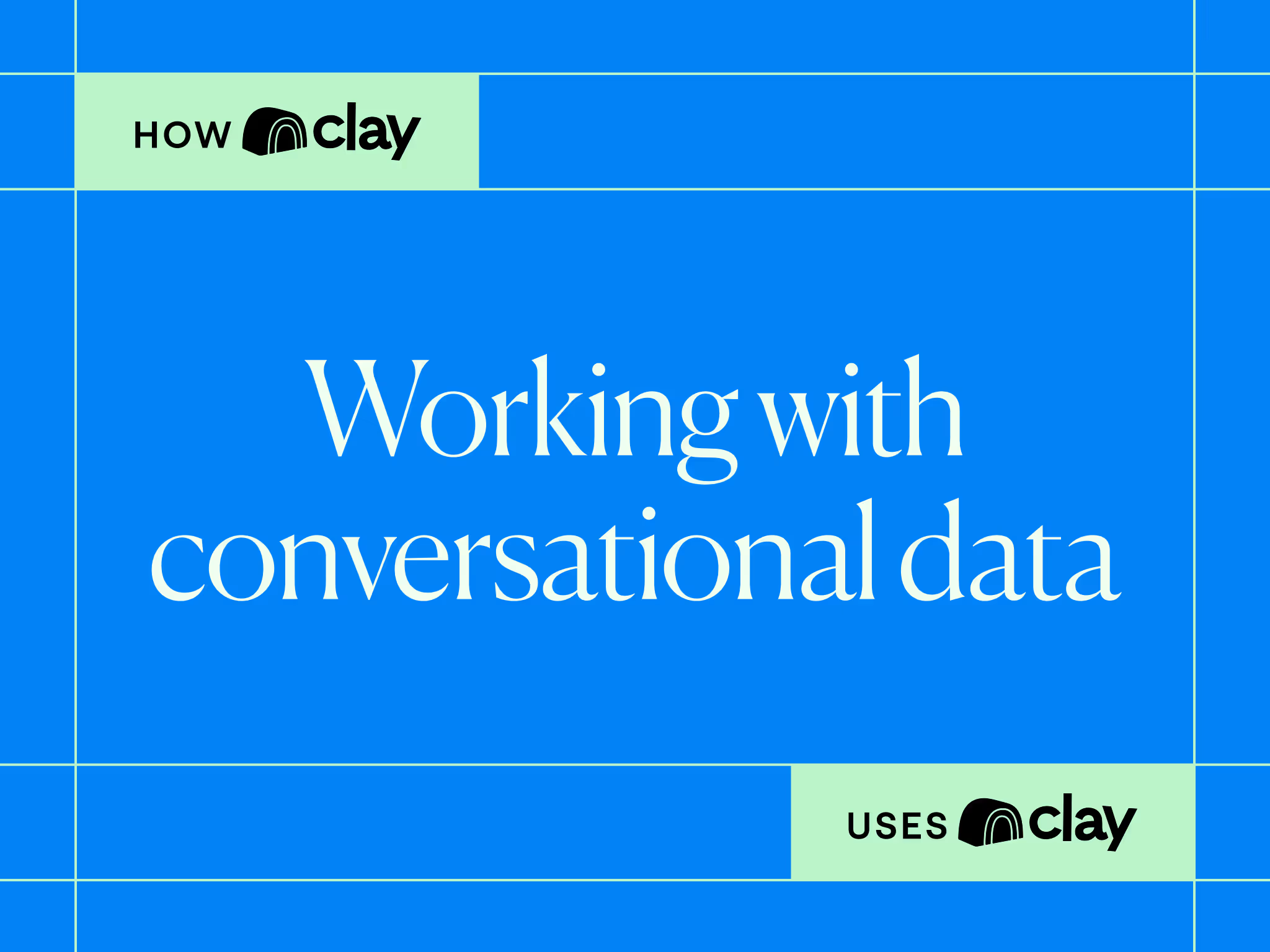
.avif)




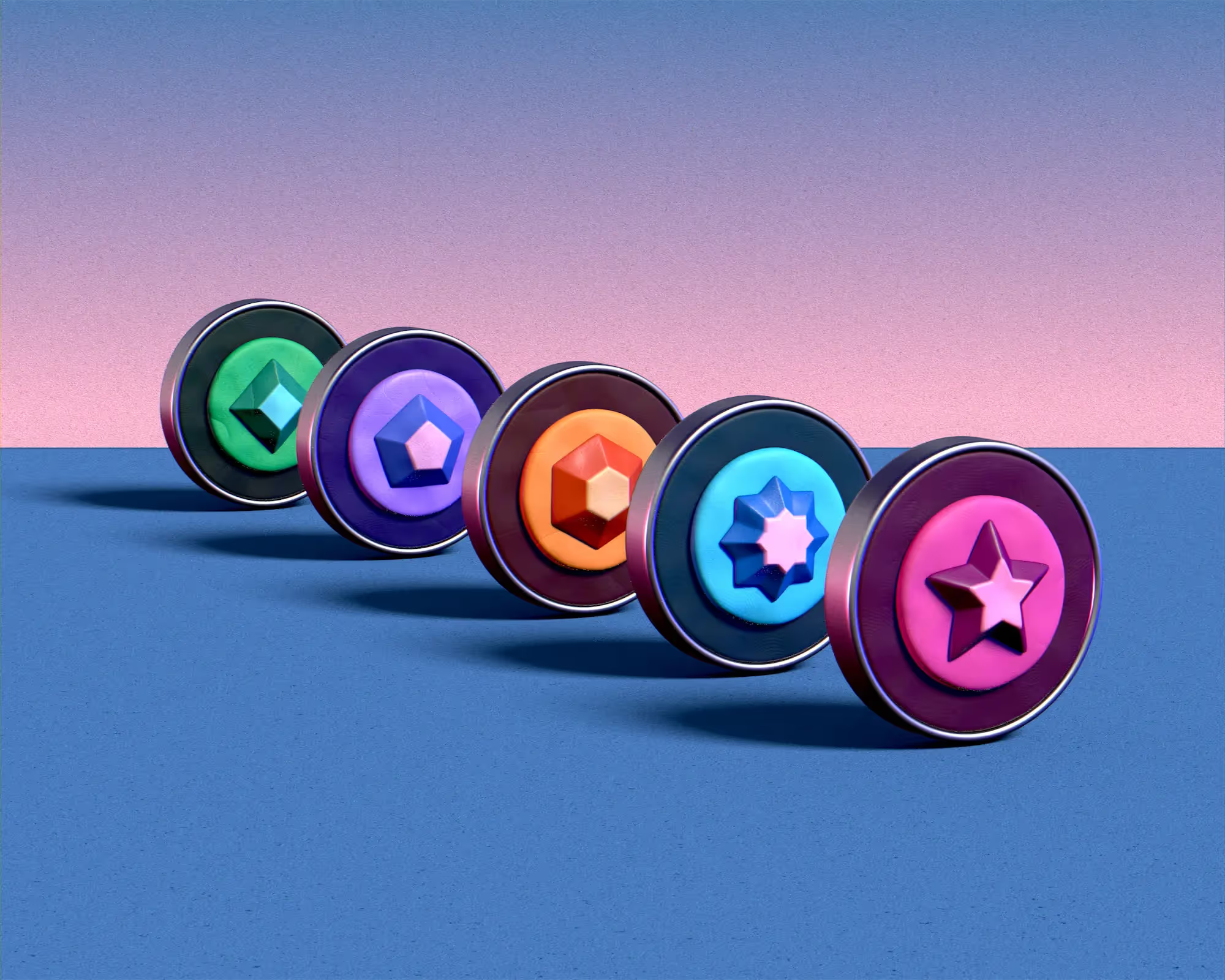
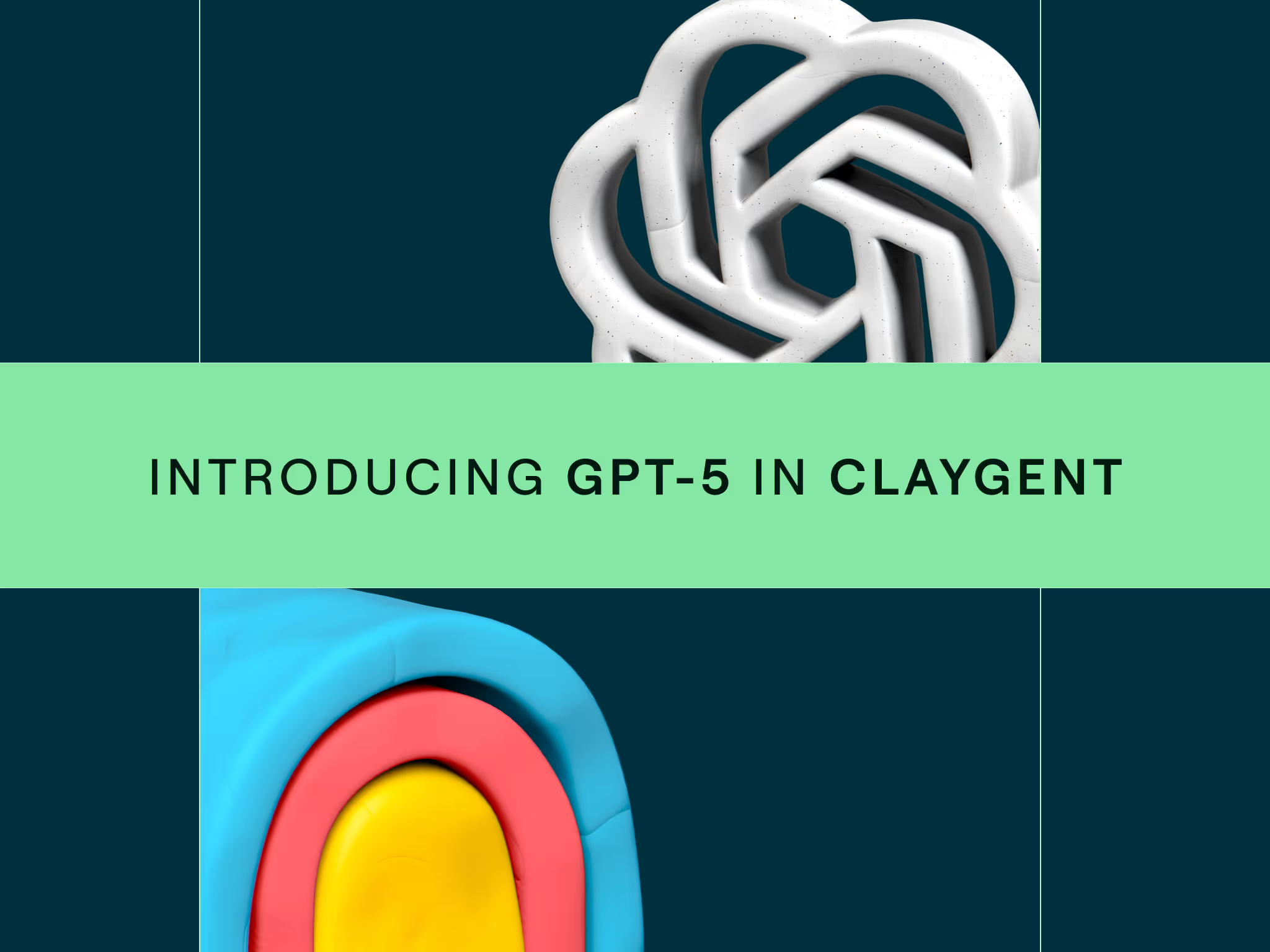
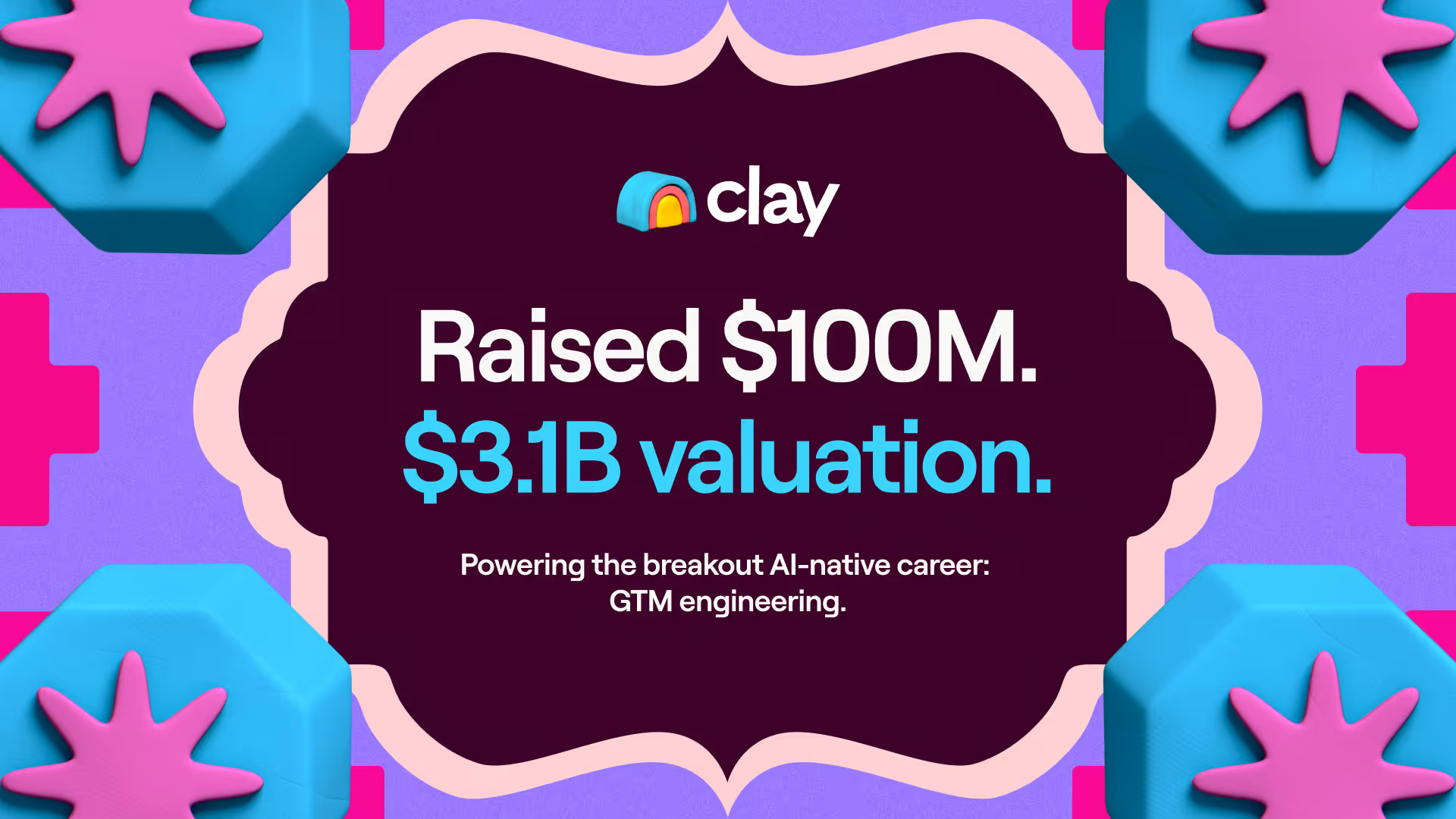
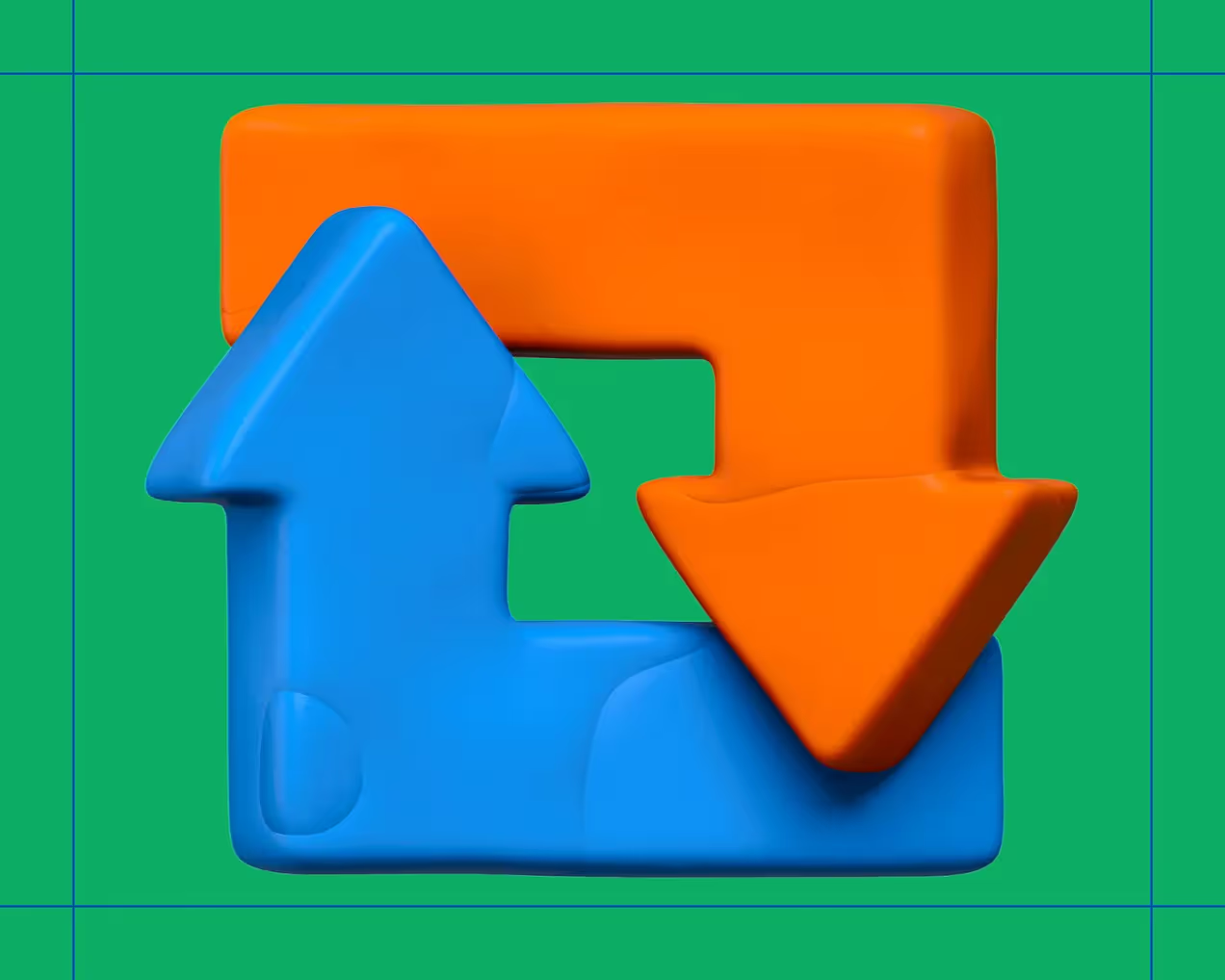

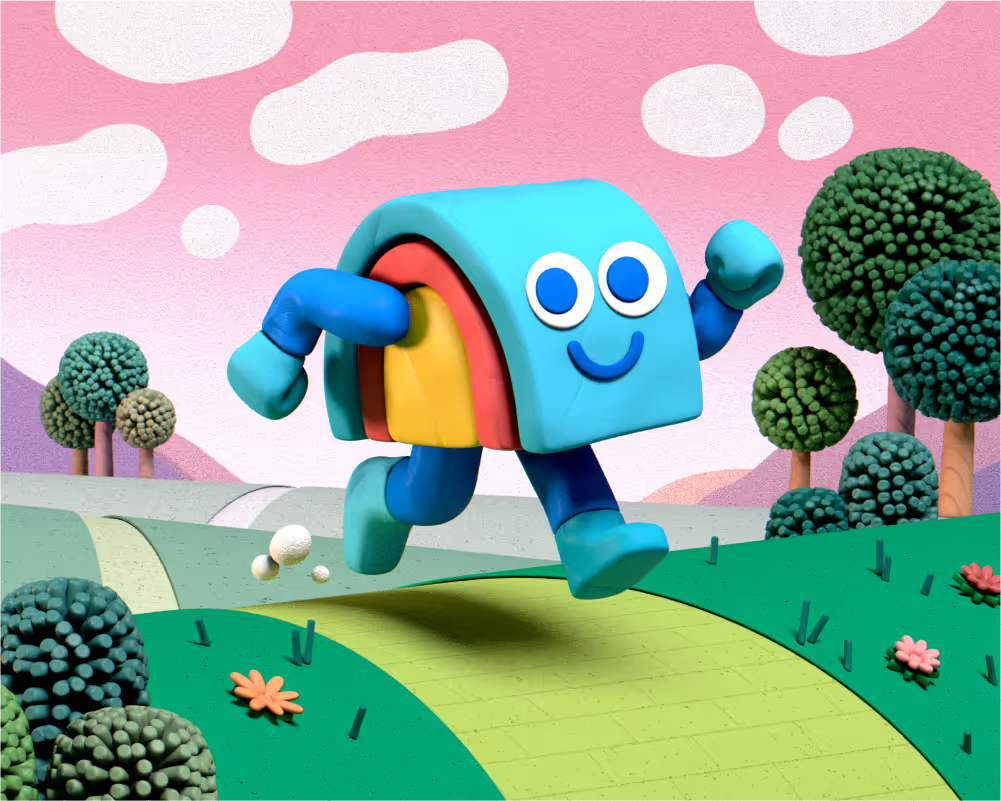

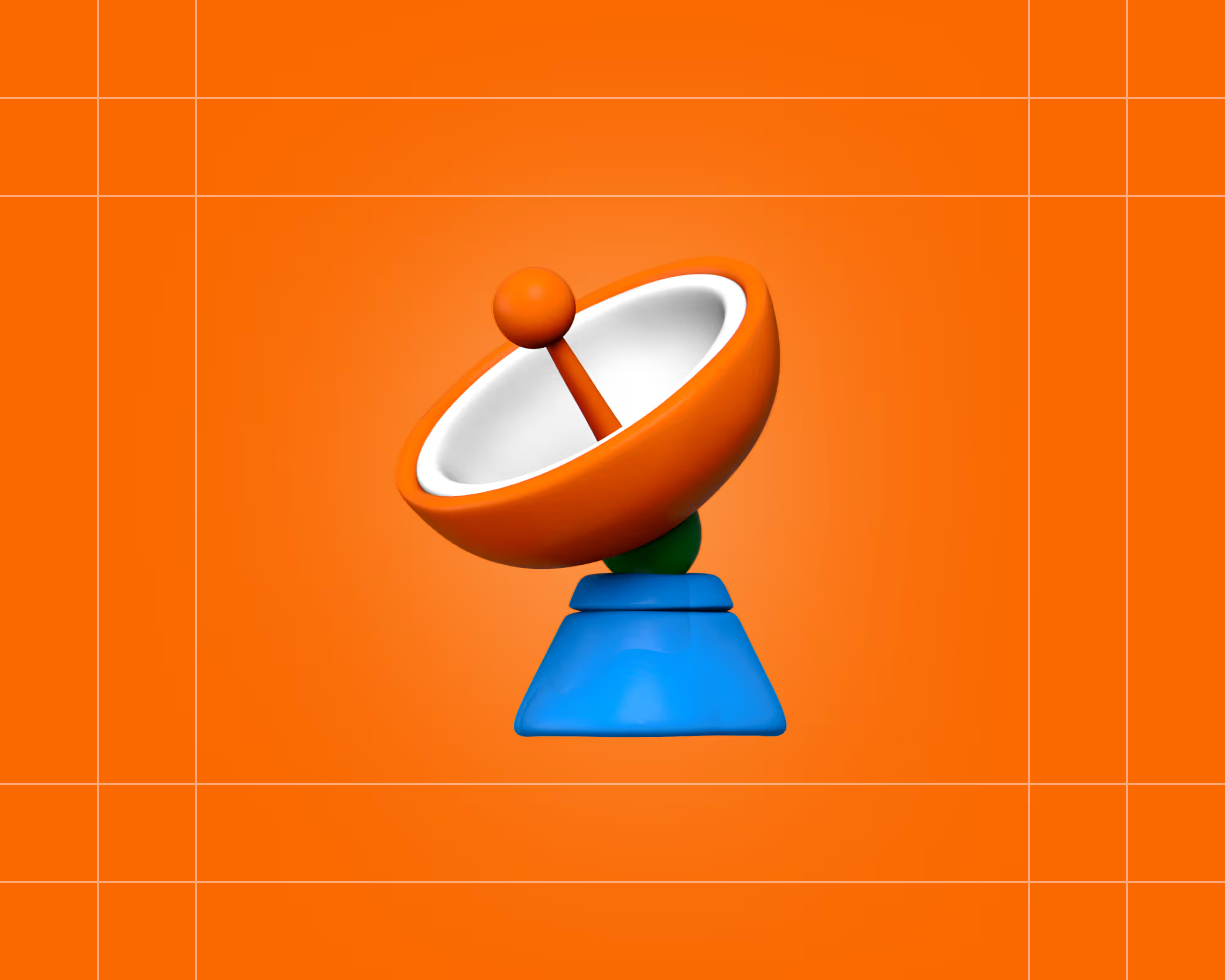

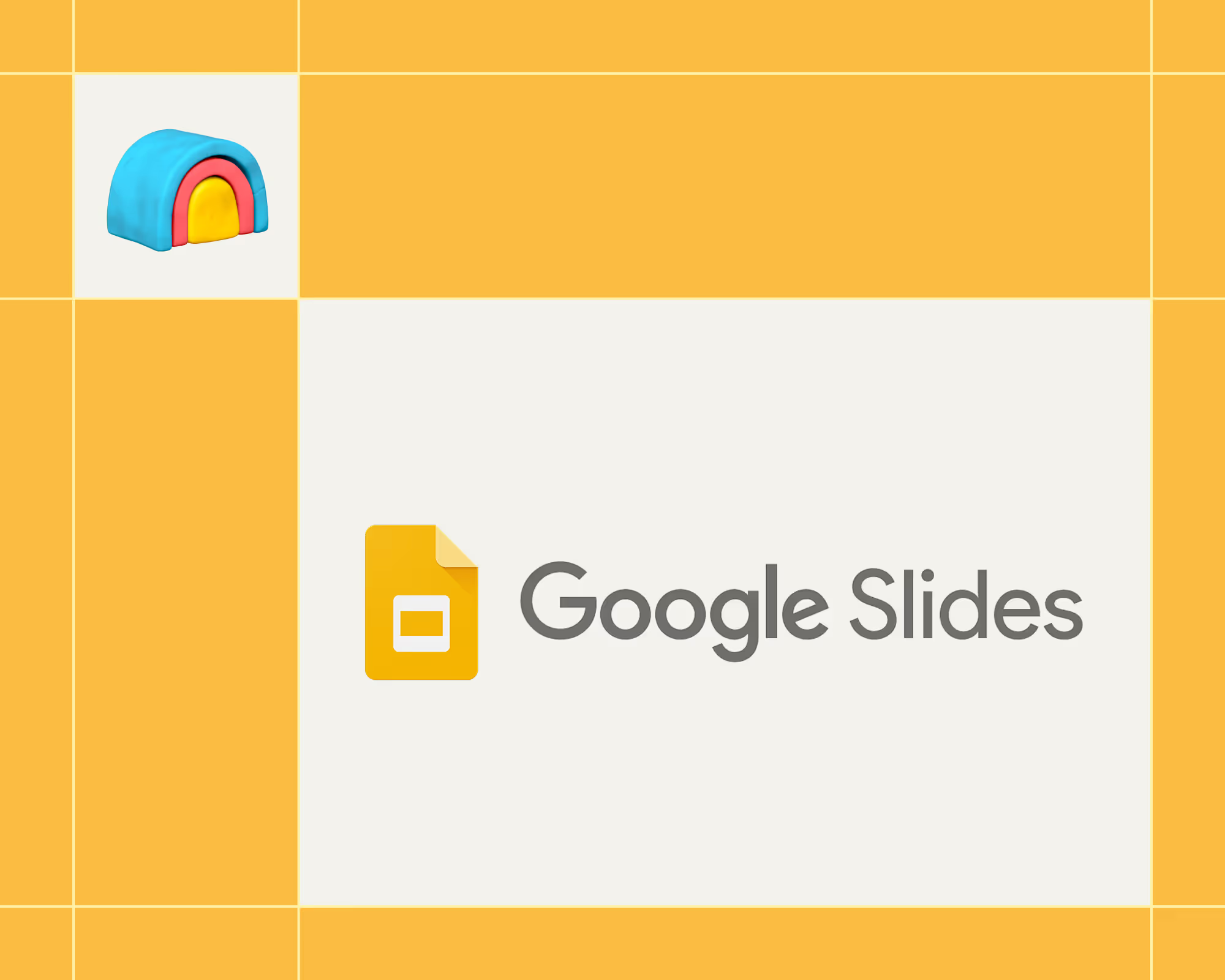
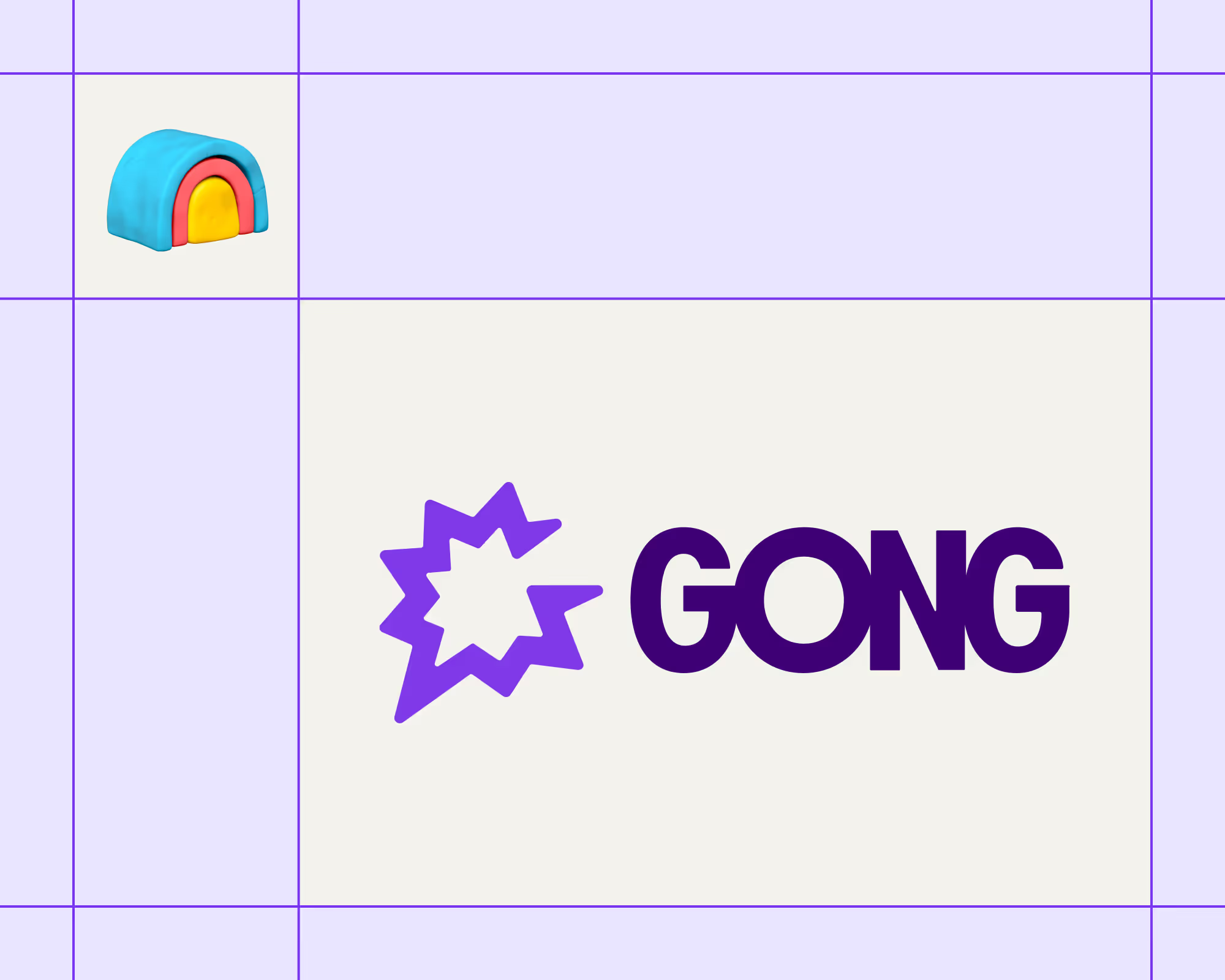
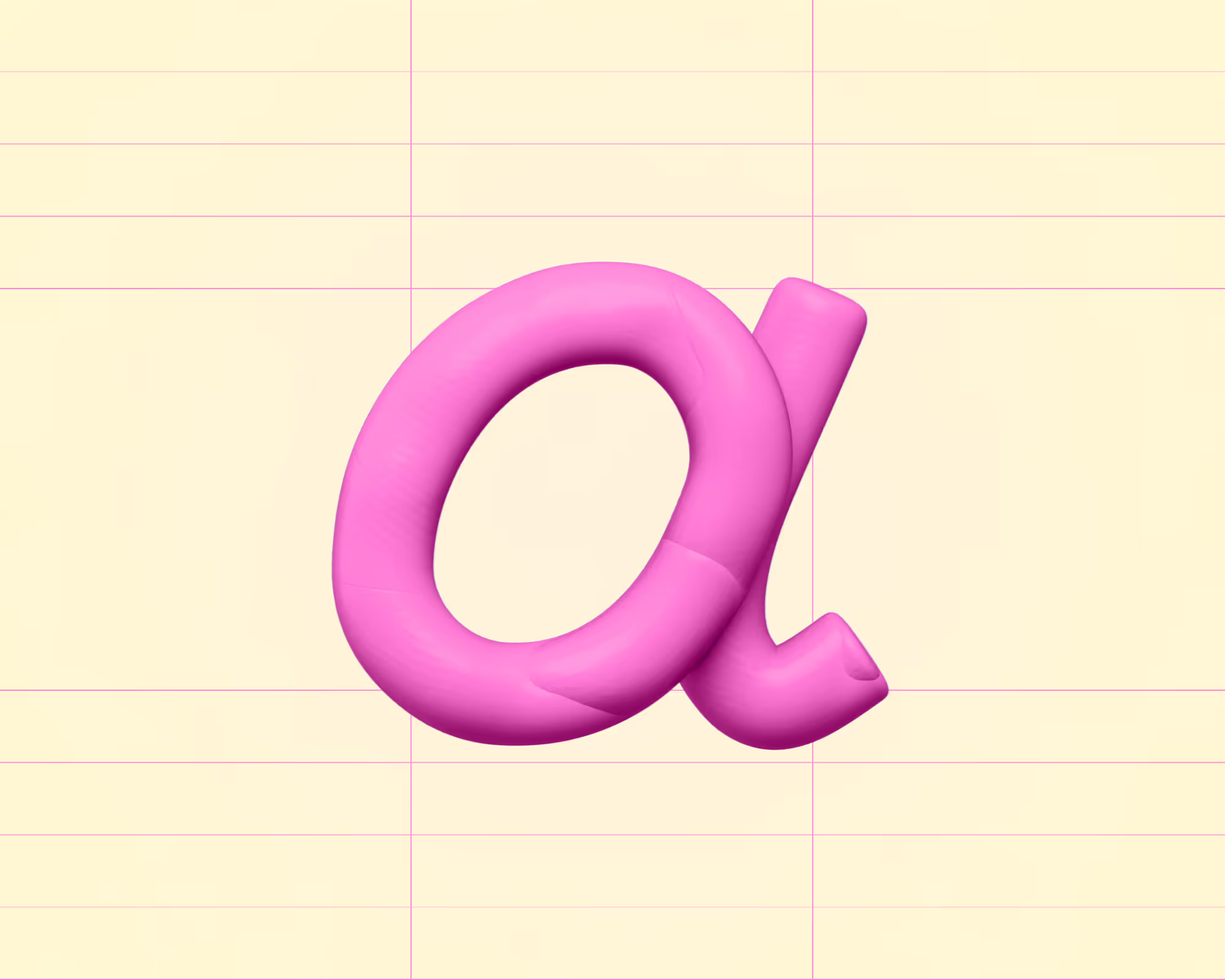
.avif)










.avif)
.avif)






















































